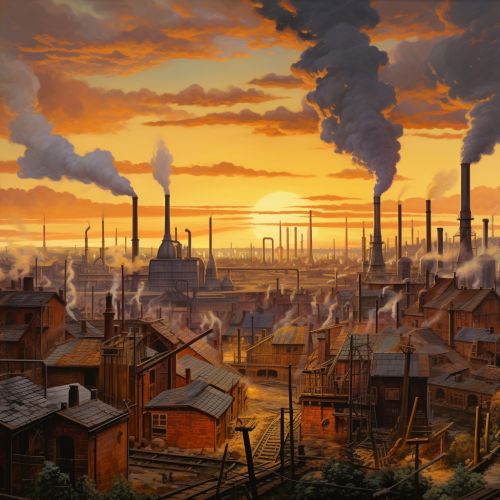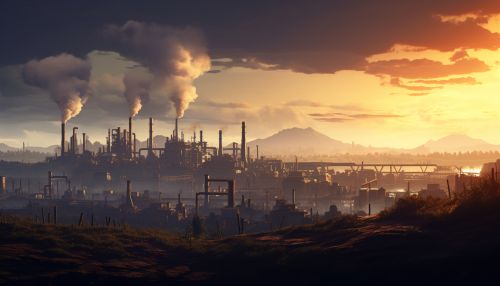Geography of Europe
Physical Geography
Europe is the second smallest continent by surface area, covering about 10,180,000 square kilometers or 2% of the Earth's surface and about 6.8% of its land area. It comprises the westernmost part of Eurasia, and is bordered by the Arctic Ocean to the north, the Atlantic Ocean to the west, the Mediterranean Sea to the south, and Asia to the east. Europe is commonly considered to be separated from Asia by the watershed of the Ural Mountains, the Ural River, the Caspian Sea, the Greater Caucasus, the Black Sea, and the waterways of the Turkish Straits.

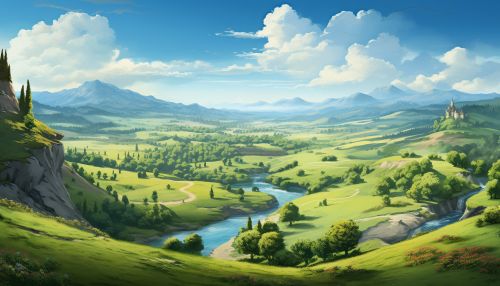
Landforms
Europe's diverse geography spans from the frozen tundra of Scandinavia and Russia in the north, to the warm Mediterranean climates in the south. The continent is characterized by a series of peninsulas, islands, and indentations along its coastline, which is over 40,000 kilometers long. The largest peninsula is the Scandinavian Peninsula, followed by the Balkan, the Iberian, and the Italian Peninsulas. Europe also boasts numerous significant islands, including Great Britain, Iceland, and Sicily.
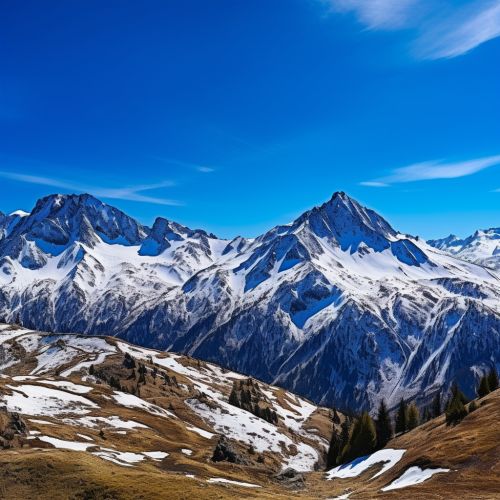
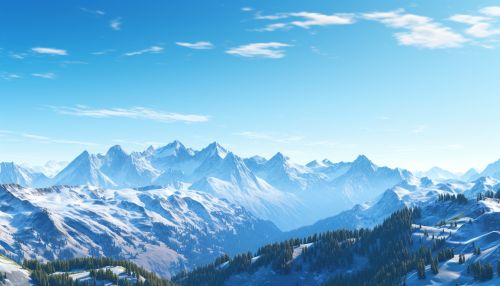
The European landscape is dominated by several major mountain ranges. The highest mountain range in Europe is the Caucasus Mountains, located in Russia and Georgia, with Mount Elbrus at 5,642 meters being the highest peak. The Alps are the most populated and hospitable mountain range, stretching across eight countries. Other notable mountain ranges include the Pyrenees, the Apennines, the Carpathians, and the Scandinavian Mountains.
Rivers and Lakes
Europe is crisscrossed by numerous rivers, providing vital waterways for commerce and agriculture. The longest river in Europe is the Volga River in Russia, spanning 3,692 kilometers. Other significant rivers include the Danube, the Ural, the Dnieper, and the Rhine. These rivers have played a crucial role in the development of European civilization, providing transportation routes and supporting agriculture.
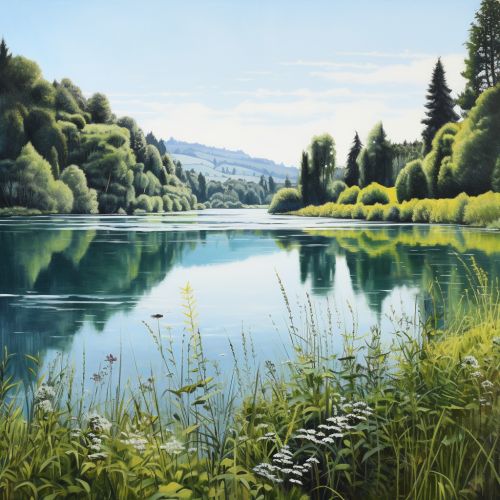
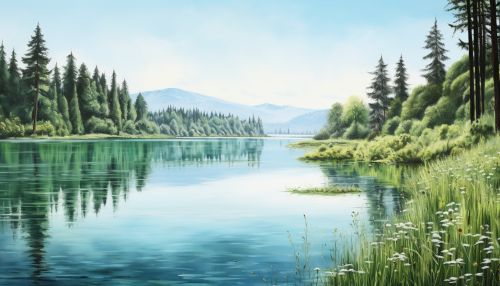
Europe is also home to many large lakes. The largest by surface area is Lake Ladoga in Russia, followed by Lake Onega. Other notable lakes include Lake Vänern in Sweden, Lake Saimaa in Finland, and Lake Balaton in Hungary. These lakes are important for fishing, recreation, and tourism.
Climate
The climate in Europe varies from subtropical to polar. The Mediterranean climate of the south is dry and warm. The western and northwestern parts have a mild, generally humid climate, influenced by the North Atlantic Drift. In central and eastern Europe, the climate is of the humid continental-type with cool summers. In the northeast, under the influence of the Scandinavian Peninsula, the climate is subarctic and polar.
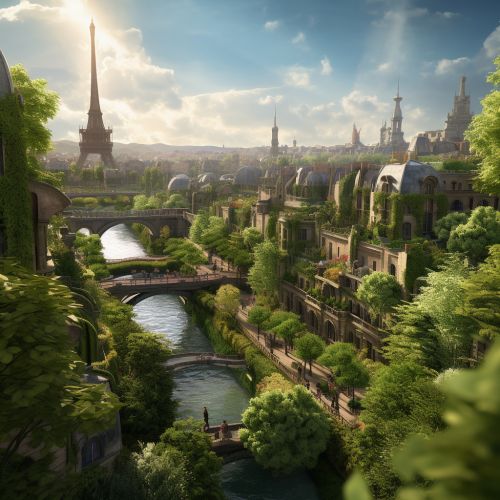

Biogeography
Europe is divided into several ecoregions. The Central European mixed forests ecoregion is the largest, followed by the East European forest steppe, and the Scandinavian coastal conifer forests. The highest biodiversity is found in the Mediterranean Basin, where the interaction of the Mediterranean climate and a diverse topography lead to a high species richness.
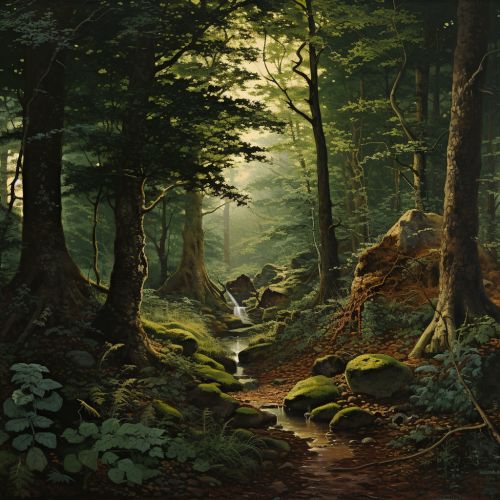
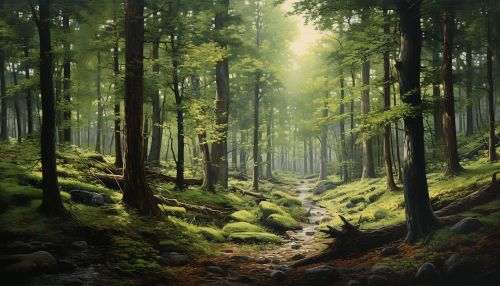
Human Geography
Europe is the third most populous continent after Asia and Africa, with a population of 741 million as of 2016. It has a high population density, second only to Asia. The most populous country in Europe is Russia, followed by Germany, Turkey, France, and the United Kingdom.
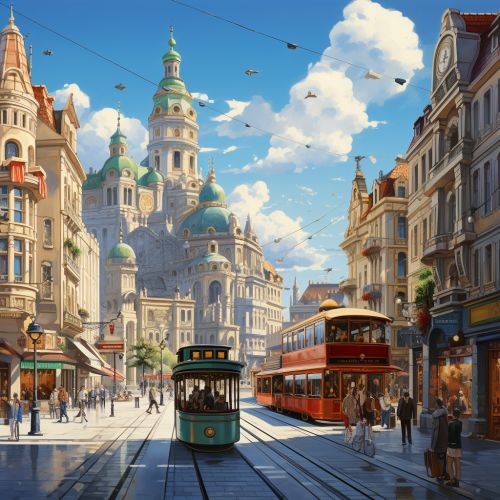

Languages
There are about 225 indigenous languages in Europe, most of them belonging to the Indo-European language family. The most widely spoken language is Russian, followed by German, French, English, and Italian. Europe is characterized by its linguistic diversity, and this has shaped its history and culture.
Religions
Christianity is the largest religion in Europe, followed by Islam and unaffiliated. Europe has been the home to the development of many philosophical and religious movements. The largest Christian denominations are Roman Catholicism, Eastern Orthodoxy, and Protestantism.


Economy
Europe has a diverse and developed economy. It is home to several of the world's largest and most prosperous economies, including Germany, the United Kingdom, and France. The European Union, an economic and political union of 27 member states, is the largest economy in the world if treated as a single economy.
